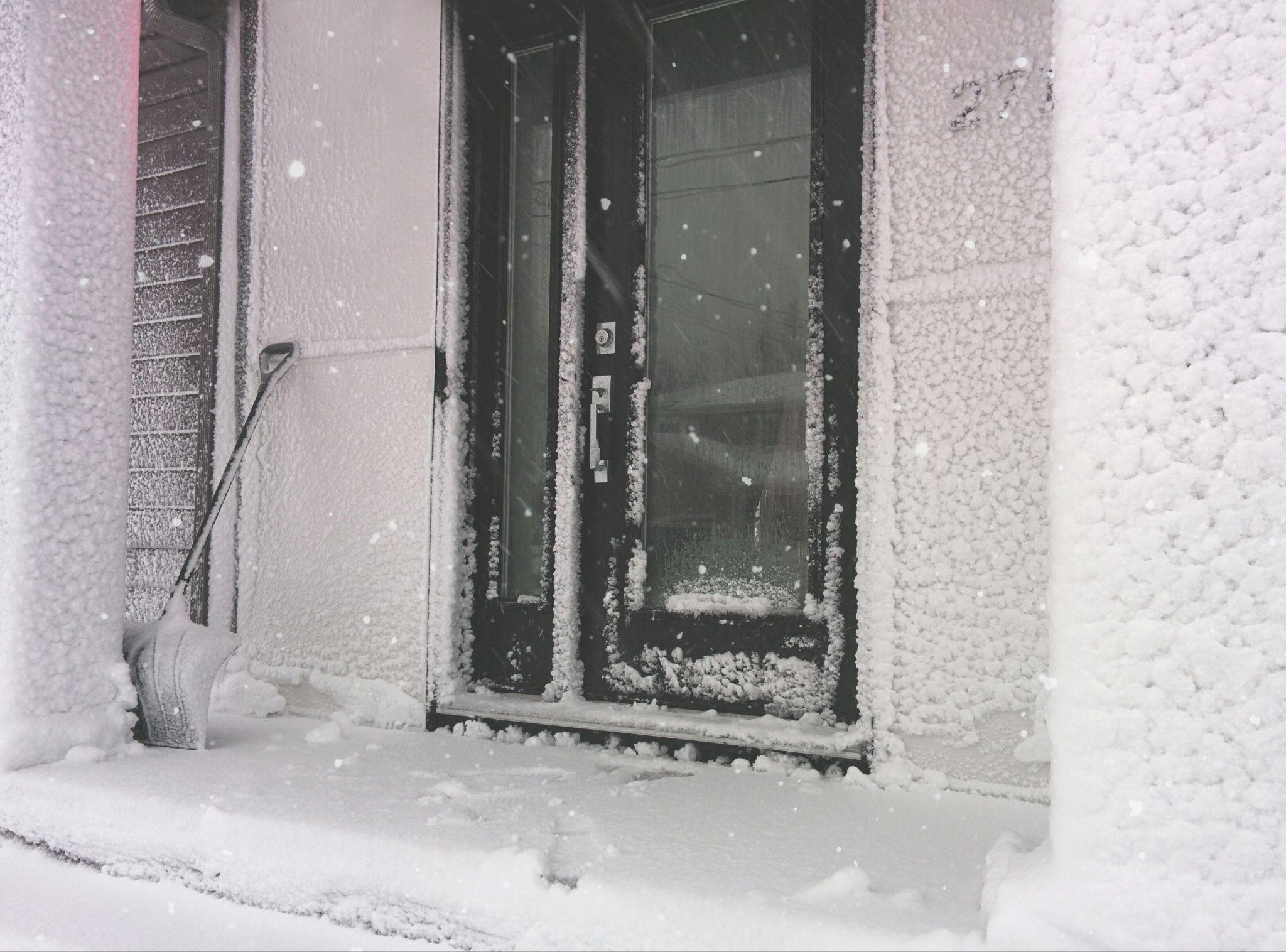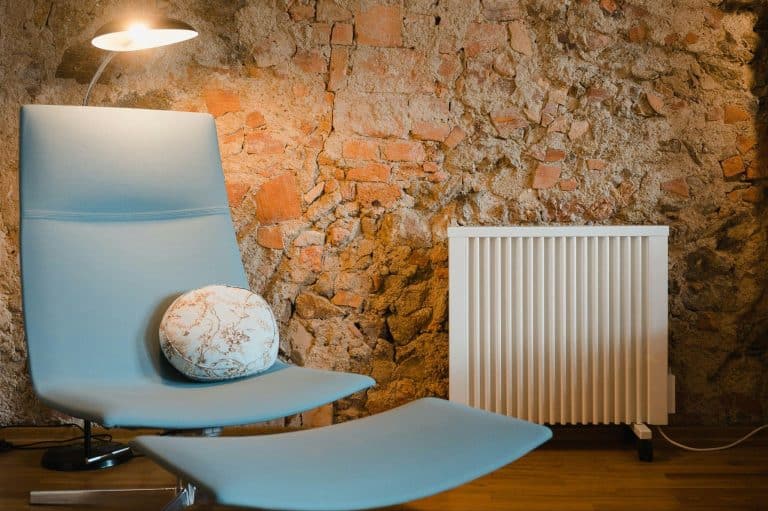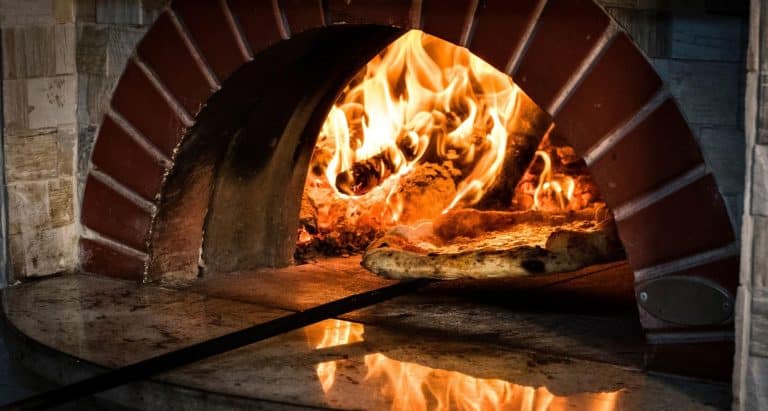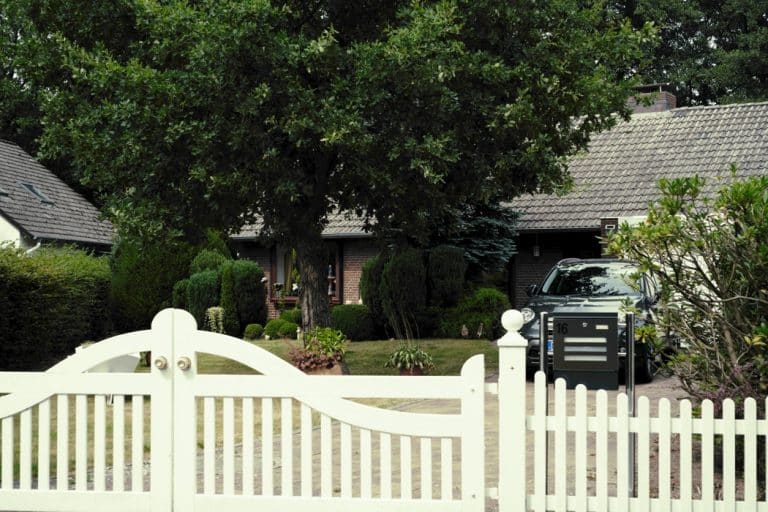It’s freezing outside again. At last, you feel comfortable beneath your blanket. You feel the rush of chilly air from the vents all of a sudden. You begin your small routine – you tap, wait, then tap once more. Still cold?
A warm home isn’t just luck or fancy equipment. It’s understanding your heating system — what keeps it humming, and what makes it throw a fit right when you need it to behave.
Good homeowners must realize that heating systems have personalities. Some hum quietly, others clank, and a few seem to go on strike whenever you host guests. But most breakdowns don’t come out of nowhere. They leave little clues. Uneven warmth, weird noises, or rising energy bills — all red flags that your system’s trying to get your attention.
Why Heating Systems Act Up
Most heating issues are minor problems that accumulate over time. A dirty filter. A confused thermostat. That couch you shoved against the wall last summer? Yeah, it’s probably blocking the vent.
Heating problems aren’t mind-boggling. They could be just common heating issues homeowners deal with year after year. For instance, it could be a dirty filter or a thermostat that’s playing mind games with the furnace once the temperature drops.
But these issues can subtly deteriorate your system. The entire house may seem unevenly heated due to something as basic as a film of dust on your vents.
There are instances when the issue isn’t even mechanical. Your thermostat may exaggerate the temperature of your home if it is placed close to a sunny window. The rest of your house becomes an icebox as the furnace takes the cue and turns off early.
And then there are the noises. You know the ones — the clangs, the pops, the kind of sounds that make you stop mid-step and say, “That can’t be good.” Most of the time, those sounds aren’t random. They’re your system trying to say, “Hey, I need a little attention before something bigger breaks.”
The Little Things That Cause Big Problems
One of the sneakiest culprits behind heating trouble is neglect. Not out of laziness — life just gets busy. Yet, the heating system may slowly start to suffer whenever you forgo a filter change. Passing up on a heating inspection may also bring more problems later on.
Dust and pet hair build up in the vents. This will make it harder for warm air to flow. Picture yourself running, but you are breathing through a straw. This is what your furnace is dealing with. Not everyone is aware that their system relies on precise airflow to stay healthy.
Your furnace must work twice as hard if boxes or furniture obstruct the air returns. And if you’ve ever noticed one room staying chilly no matter what, it could be insulation — or a vent that’s been closed off for months without anyone realizing it.
These things may seem small, but they add up quickly. Before you know it, that “minor” annoyance can escalate into a bigger issue with a larger repair bill attached.
Easy Habits That Keep You Warm
You don’t need to be a heating expert to prevent problems.
Replace the air filter every month. You may even need to change it often if it gets dusty. Enlist a technician to check your furnace weeks before winter kicks in. They will ensure everything runs safely by tightening loose parts. Technicians will also work on leaks and clean the burners.
Give your thermostat a quick look now and then. If your bills spike in winter, consider a newer model that adapts on its own. Got a room that won’t warm up? It’s probably something simple like a blocked vent or thin insulation, and it’s easy to sort out once you find it.
These fundamental systems will help prevent the type of airflow problems that cause uneven heating.
When to Call for Help
Everyone needs backup eventually. When your furnace starts wheezing, clanging, or shutting on and off too often, that’s not “just how it sounds.” Those are warning signs — maybe a bad motor or loose parts rattling around. And if it smells weird, like metal or chemicals, get help fast.
One more clue? Your energy bill. If it jumps without explanation, your system’s working overtime. It’s probably working harder than it should if it suddenly spikes. That’s not only terrible for your pocketbook; it’s also hard on the equipment.
A solid technician isn’t just a repair expert — they’re a teacher in disguise. They’ll show you what went sideways and how to keep it steady next time. And seriously, ask questions. You’re not just fixing your system; you’re learning how to outsmart future breakdowns.
By watching what they check or replace, you can catch early signs next time. A short visit once a year beats waiting until your system gives up on the coldest day of January.
Keeping Warm Without the Worry
The fact is that maintaining a comfortable home requires more than just good fortune. It all comes down to listening. The majority of heating issues begin subtly rather than loudly. Small clues matter. A room that never quite warms up or air that feels softer than usual means your system’s trying to get your attention.
Keep things simple: replace the filter, clear the vents, and check in periodically. That’s all it really asks. When everything is functioning well, entering your house is like letting out a breath; there is no noise, no draft, no thermostat standoffs, just a steady, pleasant warmth.

When you think about it, there are other sources of such comfort besides the furnace. Comfort is not something that just happens. A few small adjustments are often what keep everything working right.
Before winter rolls in, spend a moment getting your system ready — it’s been pulling its weight all year. You may stay warm throughout the season without having to make desperate requests for assistance if you use a little caution and common sense.













